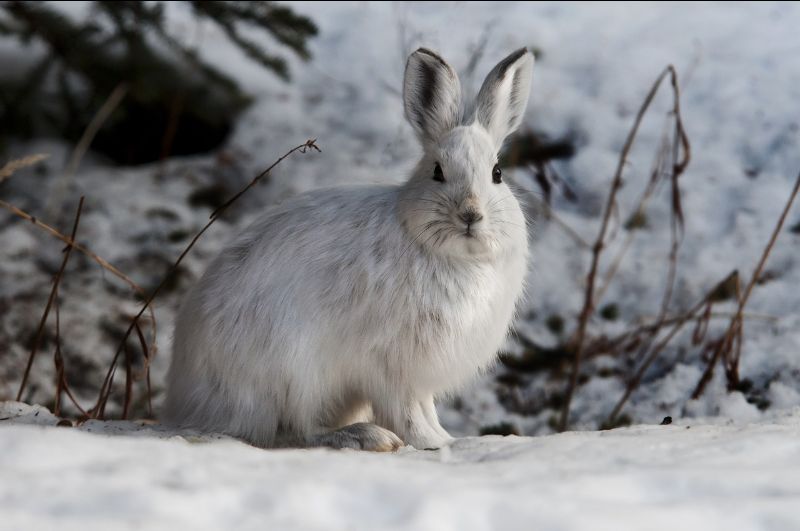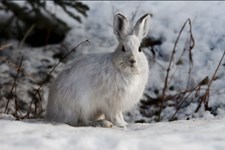News

Snowshoe Hares and North America Red Squirrels Show Different Responses to Environmental Changes
How animals handle changes in the environment differs from species to species. Different species sharing the same habitat can even show different responses to environmental changes.
One way to help us understand how animals handle changes in their environment is to monitor physiological changes over time using biologgers. This was exactly what researchers did in a recent study by researchers at McGill University, Canada.
Comparing two species
The study focused on two species, snowshoe hares and North American red squirrels. Both species were equipped with biologgers and collars to measure body temperature, heart rate, and activity.
These three parameters were then related to three environmental factors: air temperature, photoperiod, and experimentally manipulated resource levels to understand their response to extreme northern boreal winter conditions.
Temperature, heart rate, and activity measured
Body temperature and heart rate were measured using Star-Oddi’s DST micro-HRT loggers. The loggers were implanted abdominally in 15 male snowshoe hares and 17 male red squirrels.
The loggers captured core body temperature and heart rate data every 10 minutes for up to 80 days after the implantation took place (30±17 days). When animals were recaptured the implants were removed and the animals released back into their natural habitat.
Each animal was also equipped with a radio collar and an accelerometer attached to the collar.
Different responses to the same environment
The researches found that the two species differed in both the level and precision of body temperature regulation as well as the allostatic pathways used to maintain thermal homeostasis. Hares were found to show a stronger metabolic pathway whereas the squirrels showed a stronger behavioral pathway.
Despite the fact that these two species share many similar characteristics it is clear that they respond quite differently to environmental changes. Future research will hopefully help shed light on why these different responses to the same environment exist.
The paper was published in the journal Functional Ecology with extensive supplementary material. The lead author of the paper, Allyson Menzies, was also interviewed on her research on the blog Functional Ecologist.
